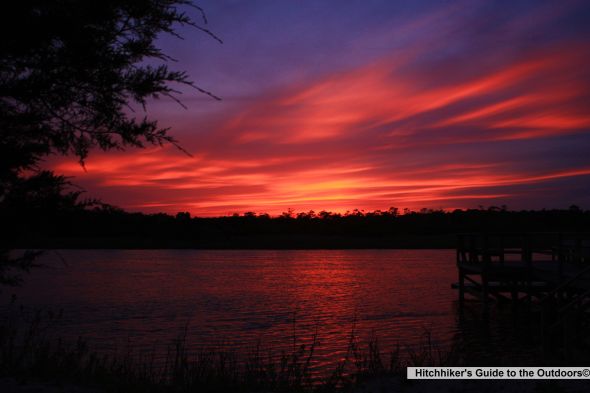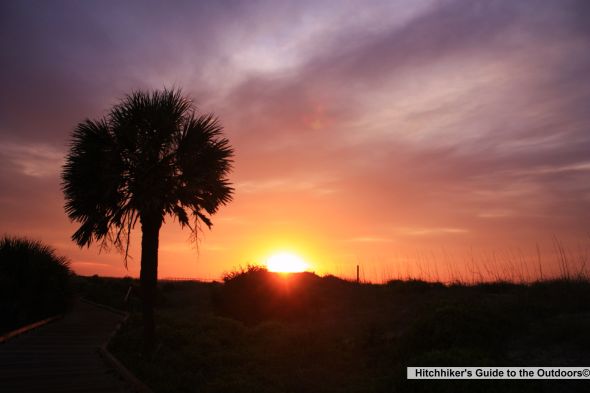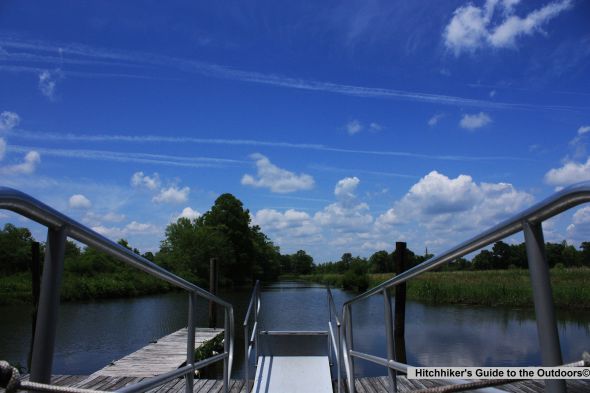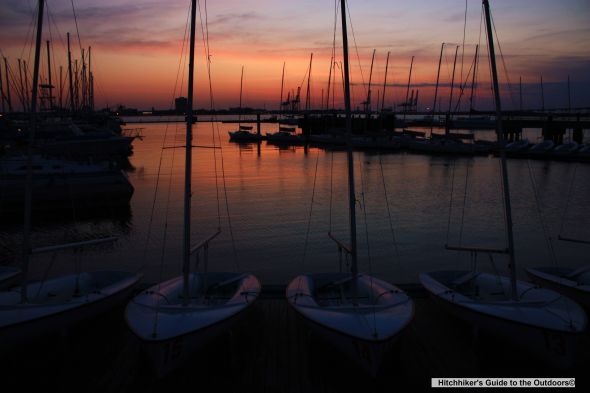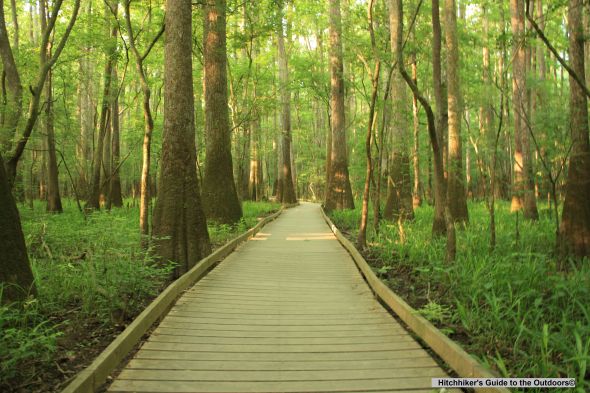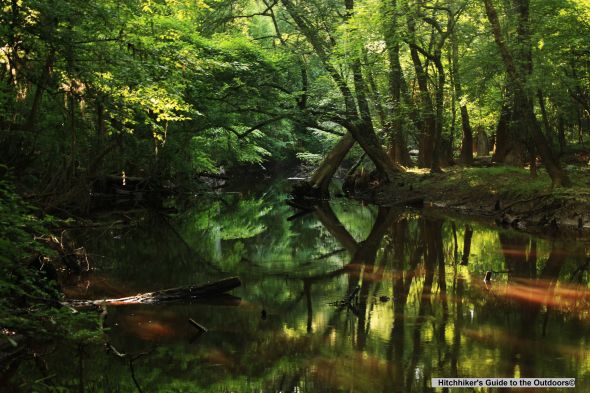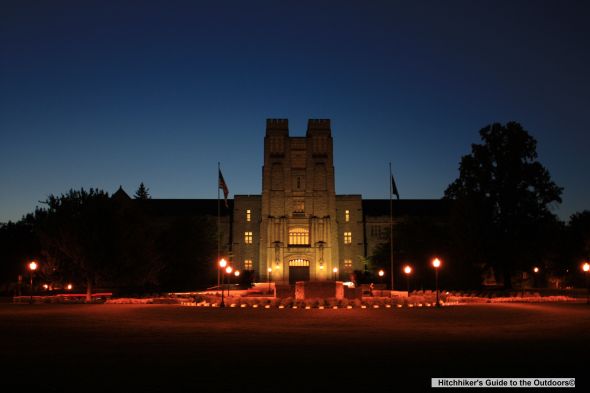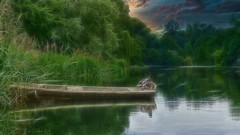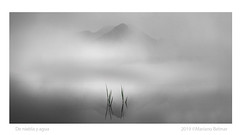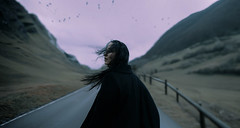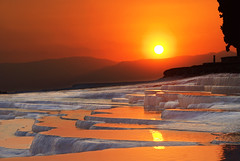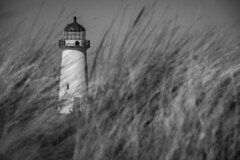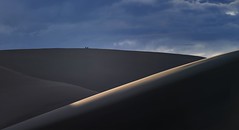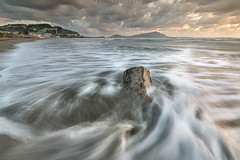Here are my upcoming travel destinations in no particular order. The book America’s Spectacular National Park was helpful in writing this post. Thanks to my friend Shahnila who gave me this book before she left for Singapore. After traveling these destinations, I will have twenty-two more national parks under my belt.
1. Alaska
The largest state of the United States (twice as big as Texas) was purchased from the Russians for about two cents per acre for $7.2 million. Its location and climatic conditions makes traveling to Alaska challenging but summer is best time to travel with limitless daylight. This vast landscape has a lot to offer: 3 million lakes, 29 volcanoes, 100,000 glaciers and Mount McKinley (tallest point in North America) just to name few. Aurora Borealis, colorful natural light displays in the sky, can be seen an average of 243 days in FairBanks. There are also eight national parks in Alaska: Wrangell-St. Elias, Denali, Glacier Bay, Kenai Fjords, Lake Clark, Gates of the Arctic, Katmai and Kobuk Valley.
Wrangell-St. Elias is US’s largest national park, six times the size of Yellowstone. This vast landscape is predominated with snow and ice with loftiest mountain ranges. It encompasses seventy-five named glaciers; Bagley Icefield is the longest and largest valley glacier in North America. Glacier Bay, occupies the northern end of Southeast Alaska as it emerged from under the ice. Denali, Alaska’s most popular national park, is beaconed by the highest point in North America, Mount. McKinley or Denali or The Great One is 20,320 feet high. Kenai Fjords, smallest national park in Alaska, is popular spot for scenery, wildlife and accessibility. Lake Clark offers splendors of Alaska; glaciers, volcanoes, alpine spires, wild rivers and lakes. Gates of the Arctic, located north of the Arctic Circle, occupies the northernmost extension of the Rocky Mountain and is home to great number of wildlife. There are no facilities inside the park and there are only about 3,000 visitors per year. Katmai has fifteen active volcanoes and protects the spawning grounds of the Naknek River sockeye salmon, one of the Alaska’s most important fisheries. Kobuk Valley, formed by sand blown off glaciers in the Brooke Range and their outwash plains, consist of dunes in all varieties. It’s kinda hard to associate desert with Alaska.
Besides climatic condition, the limited road access makes travelling here challenging. You need charter aircraft, short boat or float plane to get into parks. And the parks may not have any trails or facilities so hiking can be grueling. A trip to Alaska needs a lot of time, preparation and planning.
2. Montana & Wyoming
Whenever I hear about Montana, I think of only two things, green mountains and grizzly bears. Montana’s name comes from the Spanish word mountain. It has the largest grizzly bear population in the lower 48 states. Here is an interesting fact, in Montana the elk, deer and antelope populations outnumber the humans. Glacier National Park located in Montana shares its boundary with Canada. Glacier occupies a special place on the Continental Divide: A raindrop falling on the summit of Triple Divide Peak could end up in the Pacific Ocean via the Columbian River system, in the Gulf of Mexico via Missouri-Mississippi River systems, or in Canada’s Hudson Bay via the Athabasca River system.
I visited Wyoming this summer; it’s a beautiful place with greenery everywhere and blue skies. We visited Devils Tower which was designated as the first National Monument. Yellowstone, the first official national park, is also in Wyoming. Often called the “American Serengeti” is home to elks, bison, grizzly bears, gray wolfs and a variety of other wildlife. The park is host to two-thirds of the world’s geysers; the 1, 500 foot deep Grand Canyon of the Yellowstone River, with two immense waterfalls, one twice the height of Niagara Falls, the largest high-altitude lake in North America and several mountain ranges and high plateaus. Grand Teton National Park is the neighbor to the south. The Teton Range offers a breathtaking view with wall of jagged peak rising heights above 13,000 feet.
3. Hawaii
The state of Hawaii is a beautiful place with islands, ton of beaches, volcanic mountains, mountain ranges and perfect temperature. The islands of Hawaii was formed thousand of years of ago with under-sea volcanoes eruption. There are no racial or ethnic majorities in Hawaii. In other words, everyone is a minority. The average daily temperature in January is 72’F. Out of the top ten beaches in the USA, three of them are in Hawaii (Ranked by US News Travel 2010). Those three are Maui, Hawaii – The Big Island and Honolulu – Oahu. There are two national parks in Hawaii – Hawaii Volcanoes and Haleakala. Hawaii Volcanoes have one of the world’s most active volcanoes, Kīlauea, and the most massive, Mauna Loa. Haleakala National Park on Maui, the next island north, is the best place to see what happens after the eruption. Both these places have rapidly changing weather, rapid elevation change, and high altitude make hiking here extremely challenging.
4. Washington
The only state named after a United States president, is home to three national parks: Olympic, Mount Rainer and North Cascades. Olympic National Park consists of temperate rain forests, sandstones, shales and lava deposited on the Pacific Ocean bottom 30 million years ago. The southwest corner of the park receives as much as seventeen feet of precipitation annually, more than any other area in the Lower 48 states. Mount Rainer (14,411 feet) is the highest point in the state is a magnet for climbers. North Cascades located just three-hour drive from Seattle is the only place in Pacific Northwest frequented by both grizzly bears and timber wolves.
5. Utah
Utah offers breathtaking natural beauty encompassing mountains, lakes and deserts. Utah has five national parks: Arches, Canyonlands, Zion, Bryce Canyon and Capitol Reef. Zion National Park, the oldest national park in Utah, offers sheer sandstone walls, topped by magnificent tan and white rock buttes. I have already been there once but I don’t mind going back.. Bryce Canyon National Park, the smallest national park in Utah, is the wonderland of sculptured rocks. Canyonlands National Park, Utah’s largest national park, offers a unique landscape whose massive rock layers have been sculpted by water and polished by the incessant wind. Capital Reef National Park has enormous conical sandstone domes and the spine of Waterpocket Fold, a hundred-mile-long wrinkle in the rocks layers of Colorado Plateau. Arches National Park has the wild landscape of rust-colored sandstone studded with arches, monumental balancing rocks, finlike walls and buttes.
Besides these national parks, I also want to see the Great Salt Lake, the Rainbow Bridge, the world’s largest natural-rock span standing 278 feet wide and 309 feet high and the Monument valley.
6. New Hampshire, Maine & Massachusetts
New Hampshire is one of the most popular fall foliage destinations in the States. It home too many trails, waterfalls and scenic drives – Connecticut River Byway, Kancamagus Scenic Byway and White Mountain Trail.
Maine is the only state that shares its border with only one other state. And it also produces about 90% of the country’s toothpick supply. There are popular scenic drives like Acadia All American Road and Old Canada Road Scenic Byway. Acadia National Park, located on coast of Maine, is the second most visited national park in the United States. It offers beautiful blend of ocean and mountains with abundance of marine life.
The first basketball game was played in Springfield, Massachusetts. I also want to visit Boston and watch a ball game at Fenway Park.
7. California
California has special place in my heart. I can always go there. This summer I was there for twelve days. We visited seven national parks and drove more than 3,100 miles. I want to go back again to climb Mount Whitney, visit Channel Islands and San Diego. Although I did spend 3 days at Yosemite I want to go back one more time when there is snow.
Sources: America’s Spectacular National Park, US News Travel 2010; 50states.com



